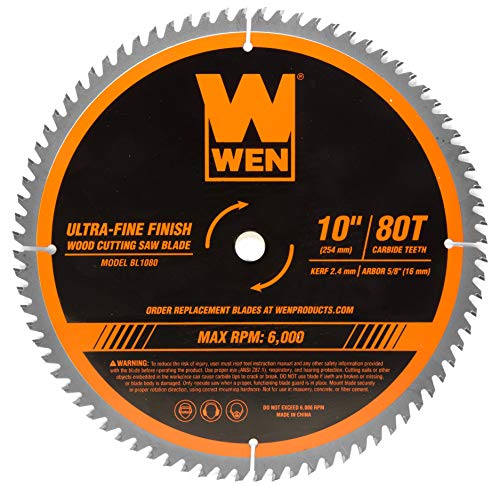Beautiful Plants For Your Interior
Beautiful Plants For Your Interior
A carbide-tipped blade on a miter saw is a type of circular saw blade that has teeth made of carbide, a very hard and durable material. This type of blade is commonly used for cutting wood and other materials on a miter saw, as it can make precise cuts without dulling quickly. Carbide-tipped blades are ideal for woodworking projects that require precise cuts and clean finishes.

If you’re new to the world of woodworking, you might be wondering what a carbide-tipped blade on a miter saw is. After all, there are a lot of different blades out there, and it can be tough to know which one is right for you. In this article, we’ll take a closer look at carbide-tipped blades, including what they are, how they work, and why you might want to consider using one.
A carbide-tipped blade is a type of circular saw blade that features teeth made of carbide, a hard and durable material that can withstand high temperatures and wear. The carbide teeth are usually brazed onto the blade body, which is made of a softer, more flexible material such as steel or aluminum.
A miter saw is a type of saw that allows you to make precise angled cuts in wood, metal or plastic. When you use a carbide-tipped blade on a miter saw, you get a cleaner, more precise cut than you would with a regular blade. Plus, carbide-tipped blades typically last longer than other types of saw blades because they are designed to withstand more wear and tear.
Carbide teeth are incredibly hard and durable, which makes them ideal for cutting through dense materials like hardwoods, laminates, plywood, and MDF. The teeth are designed to slice through the material cleanly, without causing any tearing or chipping.
The carbide teeth on a miter saw blade are typically ground to a beveled edge, which allows them to slice through the material more efficiently. They are also spaced at specific intervals to provide the right balance between cutting speed and cut quality.
If you’re serious about woodworking, investing in a carbide-tipped blade for your miter saw is definitely worth considering. Here are a few reasons why:
When you use a carbide-tipped blade on a miter saw, you’ll see a noticeable improvement in the quality of your cuts. The carbide teeth are far less likely to cause chipping or tearing, which means you’ll get smoother, cleaner edges.
Carbide-tipped blades tend to last longer than other types of blades. They’re designed to withstand more wear and tear, which means you’ll spend less time replacing your blades and more time cutting.
Carbide-tipped blades are incredibly versatile. They’re ideal for cutting through hardwoods, laminates, and MDF, as well as plastics and metals. So, whether you’re cutting baseboard trim or slicing through metal tubing, a carbide-tipped blade will get the job done.
When it comes to choosing a carbide-tipped blade for your miter saw, there are a few things you should consider:
The number of teeth on a blade can affect the quality of the cut. Blades with fewer teeth tend to cut faster but produce rougher cuts, while blades with more teeth cut slower but produce smoother, cleaner cuts.
Different tooth shapes and grind patterns are designed for specific materials. Be sure to choose a blade that is suited to the material you’ll be cutting.
The diameter of the blade will determine the maximum thickness of the material you can cut. Be sure to choose a blade with a diameter that is appropriate for the type of cutting you’ll be doing.
In conclusion, a carbide-tipped blade on a miter saw is a valuable investment for any serious woodworker or metalworker. They produce cleaner cuts, last longer, and are more versatile than other types of blades. When choosing a blade, be sure to consider tooth count, tooth shape, and blade diameter to ensure the best results. With a quality carbide-tipped blade, you’ll be able to make precise cuts and achieve professional-quality results in your woodworking projects.